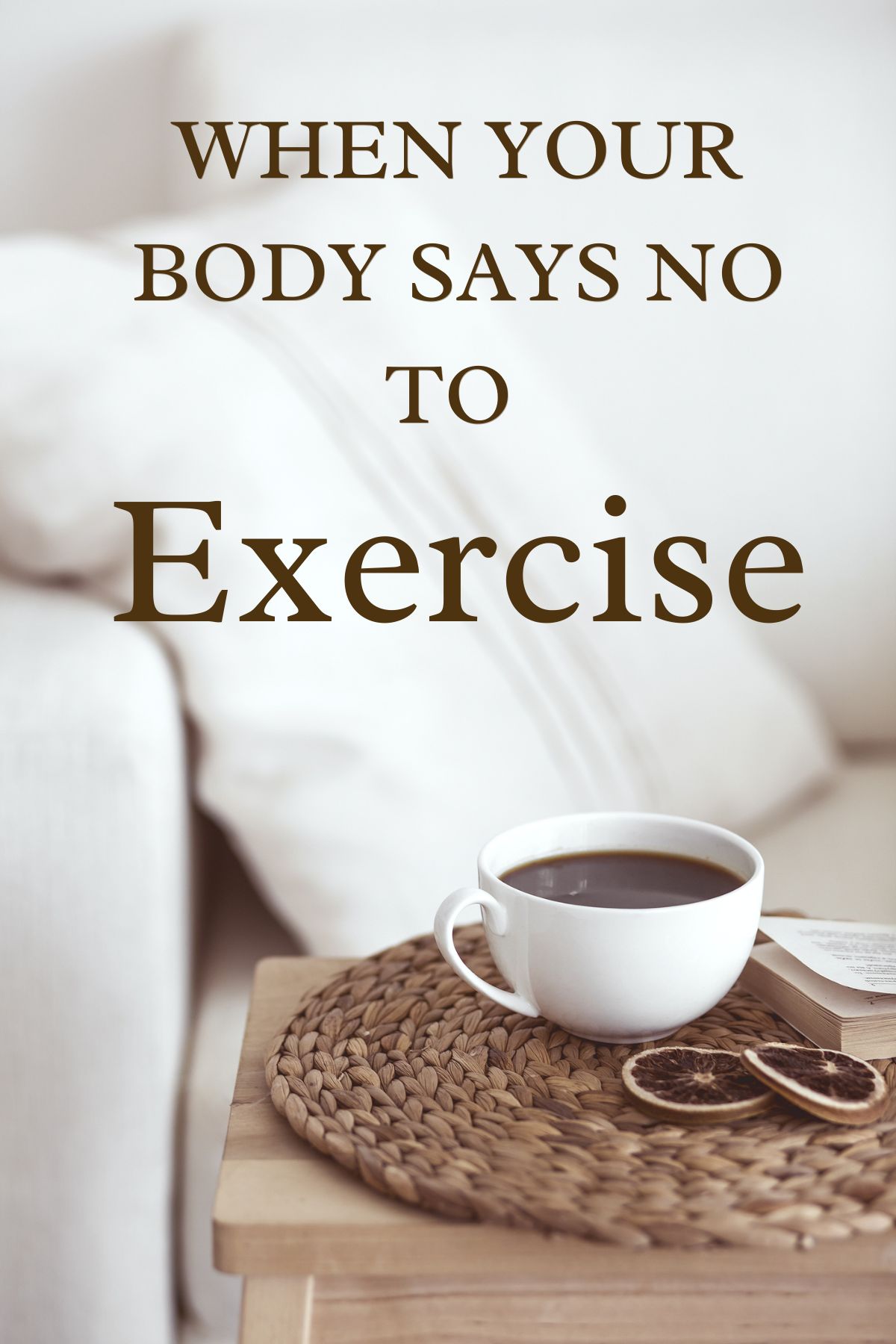How I’m Staying Strong in Midlife Without Turning Protein Into a Career
There was a time when I could power-walk through an airport, carry three bags, and still outpace the guy in the moving walkway. These days? My body looks at a squat like it's a personal insult. And don’t even get me started on lunges, they belong in a different lifetime.

If you’re over 45 and your body has suddenly decided that movement is optional and fatigue is a full-time job, welcome to the club. I’m not saying we don’t want to move. I’m saying our bodies sometimes throw up a hard stop, and it’s not laziness. It’s hormones, inflammation, or, basically, midlife power outage. Take your pick.
Let’s talk about what happens when traditional exercise becomes a battle, and what you can do instead.
When Moving Feels Like Wading Through Mud
You know those mornings when your joints creak before your eyes even open? That’s not just “getting older.” For me, it started around perimenopause. First, it was muscle soreness that didn’t go away. Then, back pain that would put me in bed for weeks. Then fatigue, brain fog, and a metabolism that seemed to say, “I’m going to store everything as fat, just to be safe.”
I tried yoga. My joints said no. I tried walking more. My knees said no. I tried strength training. My lower back said, “Are you out of your mind?” I used to push through. I don’t anymore. Now I listen—but I’ve also found ways to keep moving without breaking myself in the process.
Why Muscle Mass Still Matters (Even If You’re Not Lifting Weights)
Here’s the harsh truth: After 40, we start losing muscle mass every year. That’s not a scare tactic. That’s biology. And muscle isn’t just about vanity, it keeps your blood sugar steady, your bones protected, and your metabolism functioning like it’s still the year 2000.
Losing muscle can lead to:
- Slower metabolism
- Increased insulin resistance
- More belly fat
- Higher risk of falls or injury
- Just feeling weak and unsteady in your own body
So if exercise is off the table, or severely limited, how do you fight that?
Strategy #1: NEAT Is Your New Best Friend
(That’s Non-Exercise Activity Thermogenesis)
Forget the gym. NEAT is the quiet hero of midlife movement. It’s the calories you burn doing normal human things, cleaning the kitchen, walking to the mailbox, folding laundry, gardening. I live in Europe where walking is built into life, but even then, I have to remind myself to get up and move. Here's what helps:
- Set a timer: Every 60–90 minutes, I get up and walk around. Even two minutes counts.
- Add purpose: I carry things up and down the stairs one at a time, on purpose.
- Stretch when I wait: While cooking, waiting for tea water, brushing my teeth. No shame.
- Dance like no one’s watching: Especially if no one’s watching. Especially if they are.
It’s not glamorous. It’s not Instagram-worthy. But it works.
Strategy #2: Protein Without the Job Description
“Eat more protein,” they said. “It’ll be easy,” they said. Do you know how much protein we’re supposed to eat in midlife just to maintain muscle mass? About 80–120 grams per day for most women. That’s a chicken breast the size of your face. Twice.
And when you’re on a GLP-1 like Mounjaro, as I am for a few months now, food isn’t always appealing. Protein becomes a project. Here’s what I’ve figured out:
- Protein powders count: Use them. I make a shake in the morning and count 22-23 grams and some collagen, another 18 grams. Done.
- Eggs are perfect: hard-boiled, scrambled, whatever. I batch cook a dozen and grab two.
- Leftovers are your friend: meatballs, grilled chicken, baked tofu, whatever works.
- Don't skip small wins: 2 tablespoons of peanut butter? 8g. Add a Greek yogurt? 15g. These stack up.
Also: I stopped chasing “perfect meals.” I build protein moments into the day. One here, one there. Done.
Strategy #3: Fiber Without Feeling Like a Cow
Fiber is the unsung hero of hormones, insulin resistance, digestion, and satiety. But again, on Mounjaro, or even just in midlife, your stomach might have opinions about beans and raw kale.
Here’s what doesn’t cause rebellion in my body:
- Chia seeds: 2 tablespoons = 10g fiber. Stir into yogurt or a smoothie.
- Cooked vegetables: I steam or roast everything. Raw veggies? Not my friend anymore.
- Psyllium husk: Weird but helpful. A teaspoon in water gives you a fiber boost.
- Berries: Fiber-rich, low glycemic, and delicious. Even half a cup helps.
The trick is a gradual increase and hydration. Don’t go from zero to kale salad in a day unless you want to cancel all your plans.
What If You Just…Don’t Want To?
Here’s what I’ll say, gently: It’s okay to be tired. It’s okay to be fed up. Midlife is hard enough without fitness influencers yelling at us to rise and grind while our hips are out of alignment and our hormones are staging a coup.
But if you care about your future self, and I know you do, do something. Move in small ways. Eat enough. Don’t let your muscles melt away quietly because someone said, “Just eat less and walk more.” We are not giving up. We are adjusting.
Final Thoughts: This Isn’t Laziness. It’s Strategy.
I don’t force workouts anymore. But I do stretch. I walk. I eat like muscle matters. And I track, not obsessively, but enough to stay honest.
If your body is saying “no thanks” to exercise right now, that doesn’t mean you’re out of options. You’re just in a new phase that requires a smarter, more compassionate playbook. And hey, if you’ve figured out a better way to hit 100g of protein without cooking like a bodybuilder, email me immediately.
More Articles To Read
- How Mounjaro Changed The Way I See Food
- Hormone Therapy and Mounjaro: Finding Balance in Midlife
- The First 30 Days on Mounjaro: What No One Tells You
- Breaking the Silence Around Menopause Hormone Therapy
- Menopause and Brain Fog: Why I Felt Like I Was Losing My Mind






Leave a Reply